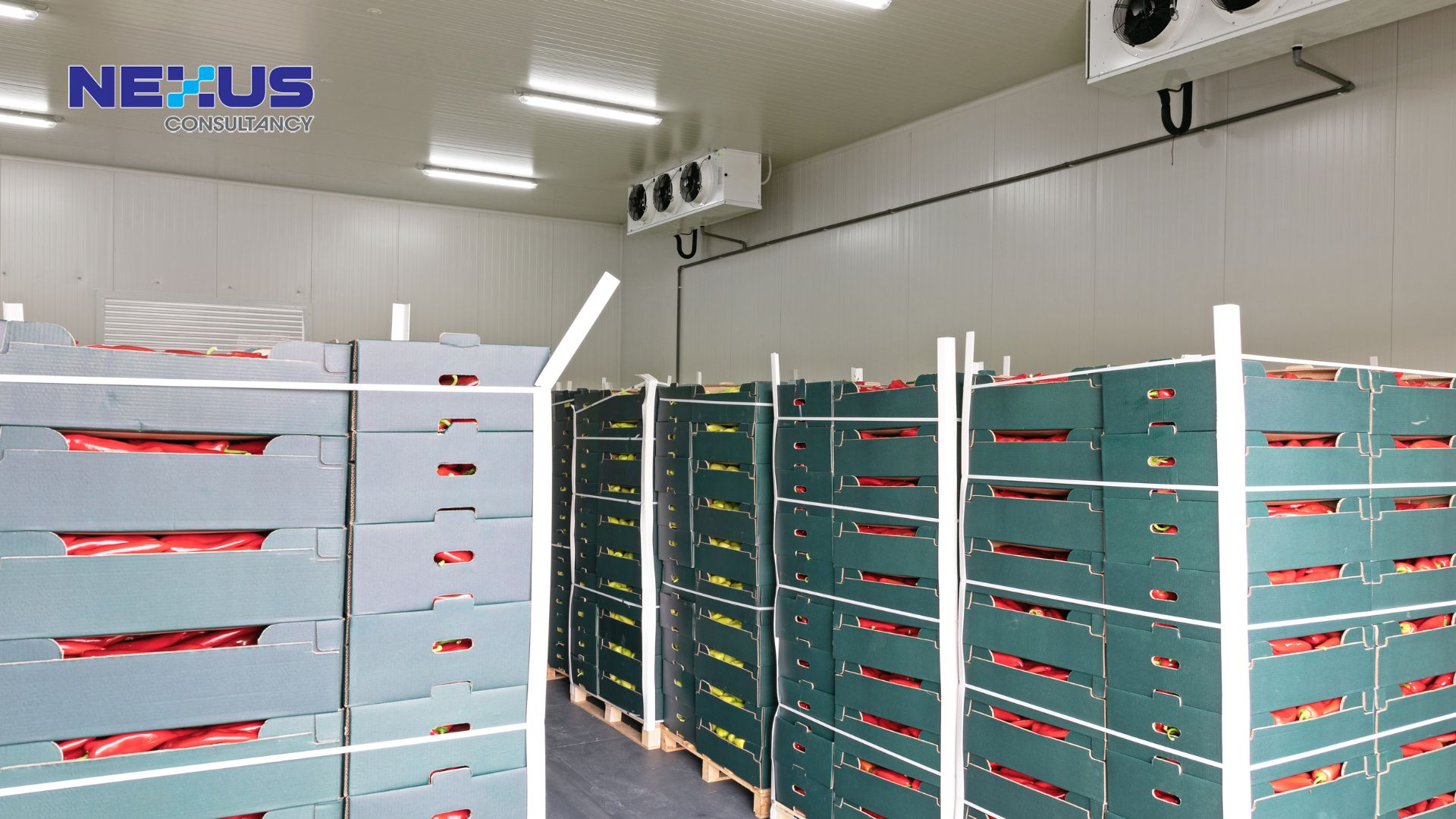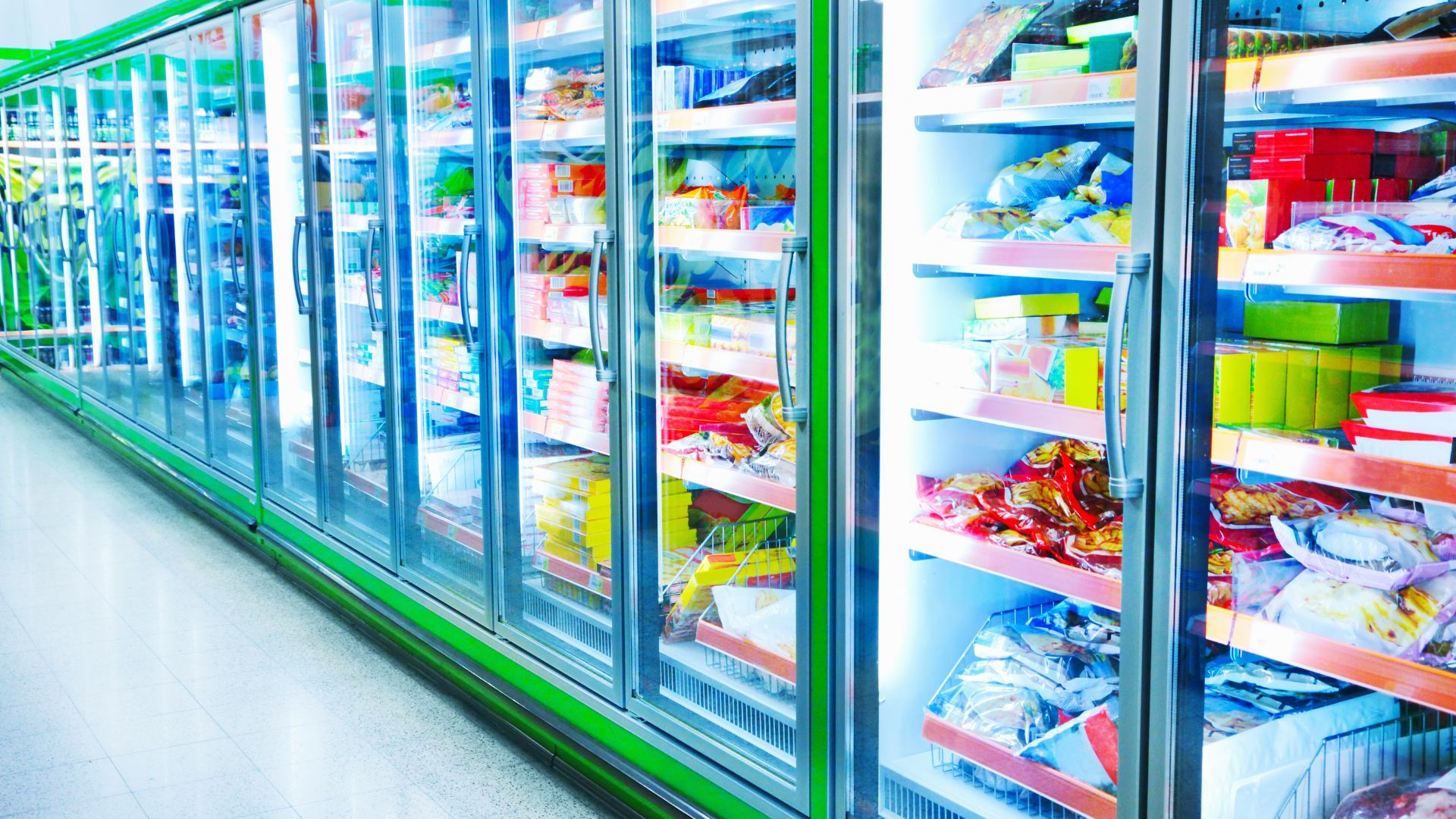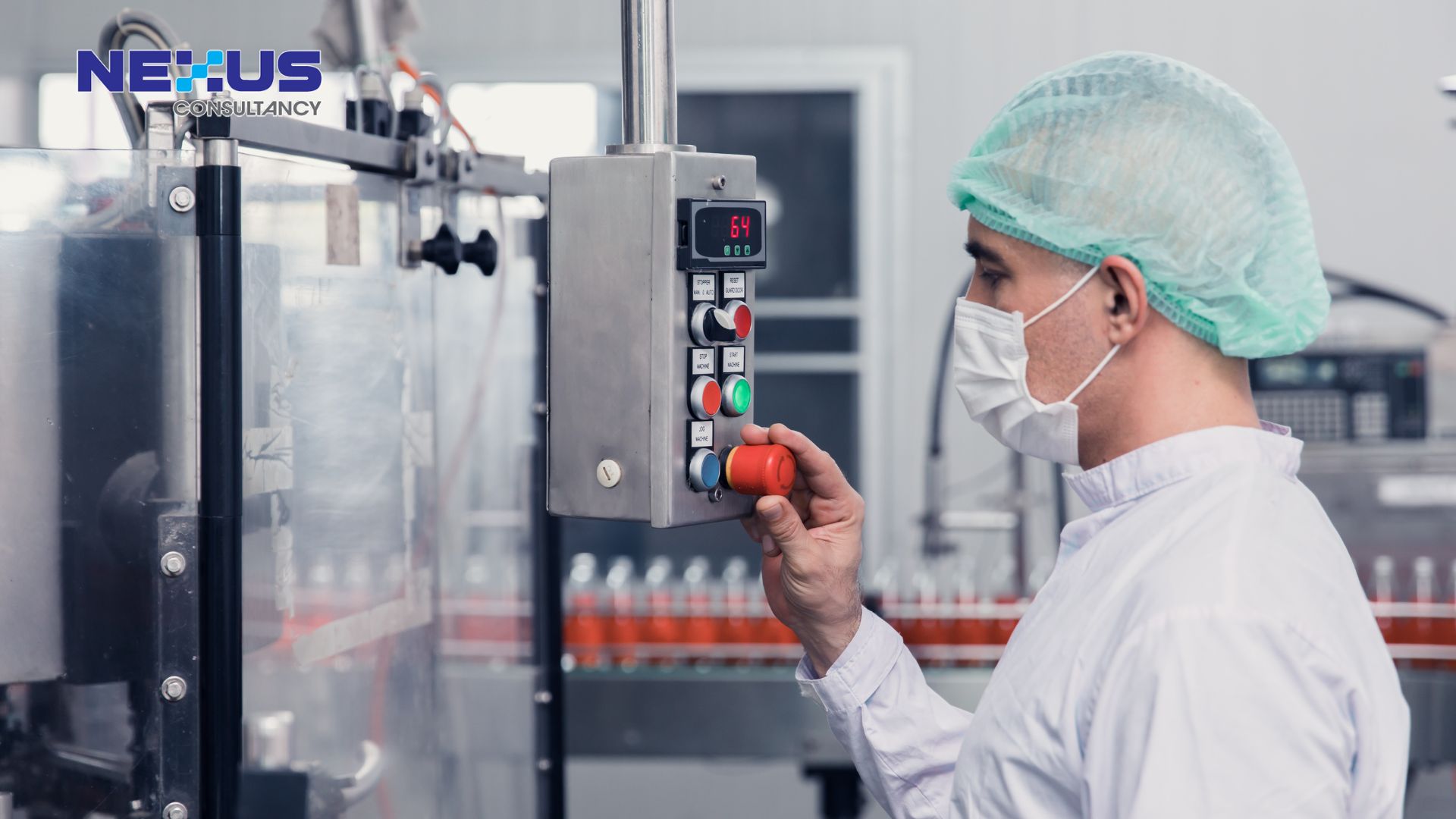
Danielle Tan
Chief Operating Officer
Explore the critical role of greenhouse gases in climate change and learn why precise reporting is essential in mitigating their impact.

Effective material storage control is crucial in a food safety management system to prevent contamination, maintain product integrity, and ensure compliance with regulatory standards. Proper storage practices safeguard against environmental hazards, spoilage, and malicious interventions, ultimately protecting consumer health and ensuring the quality and safety of food products.
General Storage Requirements
- Control and Segregation: All storage areas, including off-site facilities, must be controlled and appropriately segregated to prevent contamination. This includes protecting materials from various types of contamination such as physical, chemical, and biological agents, as well as taints, odors, and malicious interference. Proper segregation ensures that different types of materials do not negatively impact each other.
- Outdoor Storage: Storing materials or equipment outside is permissible only under strict conditions:
- Protection: Materials must be adequately shielded from environmental factors that could cause deterioration and contamination. This includes covering materials to protect them from rain, dust, and other environmental hazards.
- Inspection and Cleaning: Before materials stored outside are brought indoors, they must be thoroughly inspected for signs of contamination or damage. If necessary, they must be cleaned to remove any contaminants.
Material Storage Controls
Procedure Implementation: A comprehensive procedure must be established to manage the storage of all materials, including rework, recycling, and finished products. This procedure should include detailed controls such as:
- Risk Assessment: Conduct a risk assessment to identify potential hazards and determine the necessary controls to mitigate these risks.
- Segregation Controls: Implement measures to prevent cross-contamination, such as physical barriers or designated storage areas for different types of materials. This also includes preventing taints (unwanted flavors or odors) and protecting materials from glass contamination.
- Storage Practices: Ensure that materials are stored off the floor and away from walls to facilitate cleaning and prevent pest infestation.
- Storage Conditions: Maintain storage conditions that meet the specific requirements of the materials, such as temperature, humidity, and light levels.
- Resealing Materials: Reseal any part-used materials properly before returning them to storage to prevent contamination and ensure their integrity.
Temperature Control
-
- Temperature Monitoring: Implement a detailed procedure for temperature control, specifying how the system monitors and maintains temperatures within acceptable limits. This can be done through:
- Manual or Automated Systems: Both manual and automated systems can be used to monitor temperatures. The procedure must outline the steps to be taken if temperatures deviate from the acceptable range.
- Automatic Doors/Alarms: Where possible, install automatic doors or alarms in temperature-controlled areas to prevent them from being left open and compromising the temperature.
- Frequency of Checks: For non-automated systems, checks should be conducted at a frequency that:
- Considers the likelihood of system failure.
- Accounts for how long the storage facility can maintain temperature without power.
- Ensures there is enough time to address temperature deviations before they impact the materials.
- Record-Keeping: Maintain records of all temperature checks, including automated checks, to verify compliance with acceptable limits. Manual verification is necessary to ensure accuracy.
- Alarms: Equip automated systems with alarms to alert staff when temperatures fall outside acceptable limits. The alarm system should be capable of notifying responsible personnel, even outside normal working hours.
- Validation: Validate the storage area’s ability to maintain specified temperatures under all conditions, including maximum capacity and extreme external temperatures. This involves conducting temperature mapping and periodic re-validation based on risk assessments and any significant changes.
- Temperature Monitoring: Implement a detailed procedure for temperature control, specifying how the system monitors and maintains temperatures within acceptable limits. This can be done through:

Acceptable Limits
Establish and validate acceptable temperature limits for storing materials, considering the specific requirements of each material. These limits should ensure that materials remain within their optimal storage conditions to preserve their quality and safety.
Corrective Action
Develop a corrective action procedure to isolate and assess materials at risk due to temperature deviations or other storage issues. A designated person must be responsible for evaluating the situation and determining the appropriate action.
Controlled Atmosphere Storage
Controlled atmosphere storage areas must adhere to the same requirements as temperature-controlled storage, including:
- Defined monitoring system to track atmospheric conditions.
- Regular frequency of checks to ensure conditions remain within acceptable limits.
- Comprehensive record-keeping of all checks and conditions.
- Alarms to alert staff of any deviations from acceptable conditions.
- Validation to ensure the storage area can maintain required conditions under all scenarios.
- Clearly defined acceptable limits based on material specifications.
- Corrective action procedures to address any deviations from required conditions.
Stock Control
- First In, First Out or First Expired, First Out: Implement a FIFO or FEFO system to ensure that materials are used in the order they were received, preventing the use of outdated materials.
- Expiry and Approval: Use materials only if they are within their expiry date and have been approved through any necessary positive release procedures.
- Minimum Life on Delivery: Ensure that dispatched stock meets the minimum life requirements stated in the specification, providing customers with products that have sufficient shelf life.
Positive Release
Establish a positive release process to prevent the use of materials until test results confirm their safety and quality. This process must include:
- Identification of personnel authorized to release materials.
- A secure release system to prevent unauthorized release.
- Verification of manual releases before loading.
- Recording all releases to maintain traceability.
- Clear criteria for release to ensure materials meet all necessary standards and specifications before being used or dispatched. This information must be communicated to all relevant personnel.

Conclusion
Implementing comprehensive storage and control procedures ensures the integrity, safety, and quality of materials, protecting them from contamination, deterioration, and unauthorized access, while maintaining compliance with regulatory and industry standards.
Curious to learn how to learn more about storage controls in food safety management systems? Get in touch with us now for more information.






